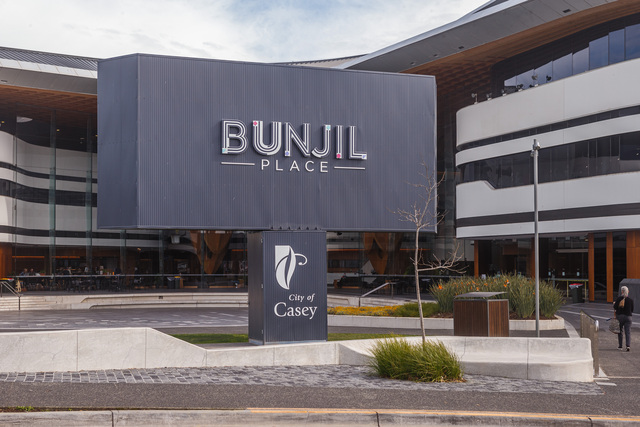By Casey Neill
A roadside sign pleaded for welders to stop and take a job at a Dandenong South manufacturer.
The desperate move by Hilton Manufacturing late last year highlighted a positive problem plaguing the region’s makers.
The sector is “going great guns” according to South East Melbourne Manufacturers Alliance (SEMMA) executive officer Adrian Boden.
So great that it can’t find enough workers to keep up with the growth.
“The biggest need in the area at the moment are welders,” he said.
“It’s going to be one of the most highly-paid jobs in the next five years.”
He said the average age of a welder was about 56 but encouraging younger workers into the field was tough given the push towards high-tech careers.
“The problem with a job of the future is that those jobs don’t exist today,” he said.
“You need the right people, the right skills for today’s business.
“We have a breakdown in communicating the job opportunities to the job-seekers.”
Mr Boden said there were about 4500 new manufacturing jobs in the South-East.
“I don’t know a company that I’ve talked to in the past four to five months that doesn’t have a positive story,” he said.
“Most of them have got 12 months work ahead of them, 18 months ago they were lucky to have one.
He said the Purchasing Managers’ Index (PMI) was a world-wide indicator for manufacturing’s economic health.
“Anything over 50 shows growth,” he said.
“I think, according to the Australian Industry Group, it’s now 18 months of growth.
“And the number has hit 63 which is really high – the highest in at least 20 years.
“Most countries that are growing, if they hit about 55, 56 they’re really happy.”
He put the growth down to governments investing in infrastructure.
“The trick is to turn that into consolidated growth,” he said.
“Once you’ve built the tunnel, what do you do next?
“We need a long-term plan so people can see there is always going to be structural investment.”
That would boost confidence and encourage companies to invest in staff, facilities and equipment.
He said there had also been a move back to buying locally where possible.
“I don’t think China is competitive and it’s difficult to get over here at the right quality,” he said.
In the South-East, he said companies were struggling “not to survive, but to find people so they can keep growing”.
There are thousands of unemployed people in Greater Dandenong and thousands of jobs available.
Shouldn’t it be simple to plug the gaps?
“It’s alignment of skills and alignment of attitude,” he said.
“In some cases it would take very little to get some people into those jobs.
“It’s almost case by case, identifying the barriers to getting someone into a role.
“It can be simple things. A bicycle can get someone to work in some cases.”
Mr Boden said public transport to the industrial areas was still inadequate, and suggested companies could looking into establishing their own shuttle bus from Dandenong Railway Station.
“We’re trying to get a trial in this area,” he said.
He said the only negative in manufacturing in the area was that the growth was mostly internal.
“People are still not looking at export as an opportunity,” he said.
“The dollar’s at a level which is reasonable.
“There are significant markets out there.
“I think a lot of smaller companies think it’s too hard.”
But he said help was readily available from places like Austrade and urged businesses to use the facilities out there.







